How important is an air barrier in a home?
Approximately 100 times more water vapor is carried into our walls by air leakage than is carried by vapor diffusion. That makes air barriers 100 times more important than vapour barriers, so why is no one talking about them?
We don't talk about air barriers because we are too busy talking about vapor barriers. An air barrier is not something you walk into a building supply store and buy; it is a design concept, and arguably a commitment. Products that can act as air barriers are drywall, sheathing, insulation, house wrap, even the polyethylene we normally install as a vapour barrier can act as an effective air barrier, but only if you set out with that in mind and properly seal it.
 |
|
The difference between air barriers and vapor barriers © Ecohome
|
What the above diagram attempts to illustrate, is how much moisture goes through a small hole, and how comparitively little would go through drywall if you didn't even install a vapor barrier. This should indicate where our priorities should be in order to keep our walls dry.
Air leakage in homes can:
- Increase heating and cooling costs
- Cause moisture damage in walls
- Allow pollutants and debris to collect in wall interiors
- provide openings for insects and rodents to enter
Carelessly installing your choice of air barrier products pretty much ensures that you won't have one, as there are few aspects to building enclosures that are less forgiving than the air barrier.
Where to install an air barrier:
A building envelope should only ever have one vapour barrier, and it goes on the warm side of the insulation. Air barriers on the other hand, can be anywhere in the wall assembly and as plentiful as you like. It is highly unlikely that your air barrier will be flawless, so by all means have a second and a third. This is what is referred to as the 'belt and suspenders' approach. As the overall goal is to slow the migration of air through your wall, each additional air barrier will only help, and increase the effectiveness of the previous one.
The five essential components of an air barrier:
The Institute for Research in Construction (IRC) at the National Research Council (NRC) lists the five basic requirements for an effective air barrier as being:
1. Continuous: no gaps, cracks or openings.
2. Impermeable to the leakage of air.
3. Rigid: supported in both directions from wind pressure.
4. Durable: must last the life of the building.
5. Repairable: access for repair if damaged.
A sampling of air barrier materials and techniques:
House wrap:
Also known as Water Resistive Membranes (WRBs), brand names include Tyvek and Typar. While its intent is largely as a breathable membrane to protect against water penetration behind cladding, it can be an effective air barrier if installed as such. Water vapor can pass through easily, but air cannot.
The problem with it being relied upon as an air barrier is that it is rarely if ever installed with that in mind, so it rarely does a good job at it. An installation crew would need to be diligent with installation, avoid unnecessary perforations and carefully seal any that occur.

Alternatively, we would propose a 'peel and stick' membrane for a much better air seal (as seen in the image below). When a membrane is attached with an adhesive, it is no longer necessary to put holes in it with a stapler as it is being installed. Being tight to the sheathing also means holes from staples and nails will not be stretched out over time due to outward forces on the membrane from wind pressure.

Polyethylene air barriers
For good or bad, almost all home construction in Canada and the northern US statesincludes a polyethylene vapor barrier. If that is your method of choice, with a little extra effort it can also act as your air barrier. For a truly successful polyethylene air barrier, it would need to be protected against wind pressure by being supported in both directions. One sure fire way to accomplish that would be to sandwich it between two solid materials like drywall for example, but this route unfortunately adds a measurable amount of cost.
Airtight drywall approach (A.D.A):
With the help of gaskets and sealants, gypsum board (drywall) is a very effective air barrier, so long as the joints are sealed with drywall compound and tape; and all junctions at the floor, roof and openings are sealed with gaskets and appropriate sealants.
Breathable insulated structural sheathing:
Worth noting first - as a material, OSB (oriented strand board) is an effective air barrier. And if the joints are sealed properly it also acts as a vapour barrier, which is a no-go on the exterior of homes anywhere in Canada, as you will trap moisture inside your wall assembly.ng w
There are however, insulated sheathing materials that can provide an air barrier aloith a thermal barrier while still allowing walls to breath and therefore not trap water vapour in your walls.
A product has to be pretty sustainable for us to plug it; that said, we are fans of Excel II from Building Products of Canada Corp (BP). It replaces exterior sheathing, and installs directly to the studs. Excel II has high recycled content, contains no VOCs, formaldehyde or ozone depleting agents. The R Value is 1.5, enough to break the thermal bridge at each stud. And when joints are taped it makes an excellent air barrier.

There are many products and techniques that can make for a great air barrier, but most importantly we need to prioritize it during every step of the entire building enclosure process.
Think of it as if you are trying to seal a leaky bucket and make it watertight. The water will easily find any holes you overlook, and eventually leave you with an empty bucket. Granted, a house will never run out of air, but likewise, it will also never run out of moisture to send through any holes in the air barrier.



















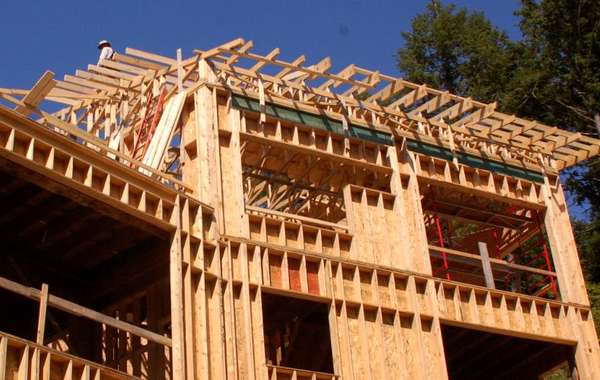
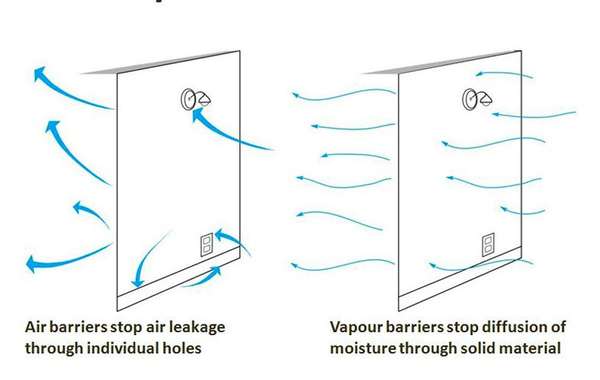
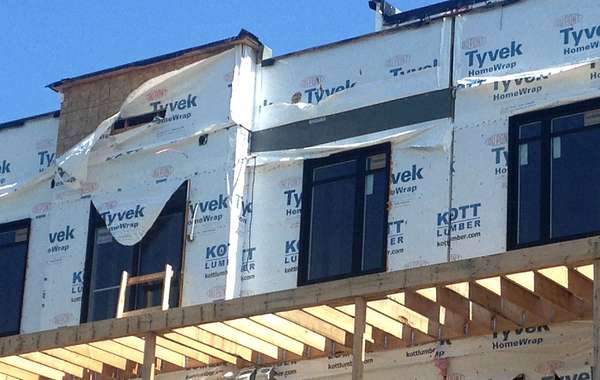
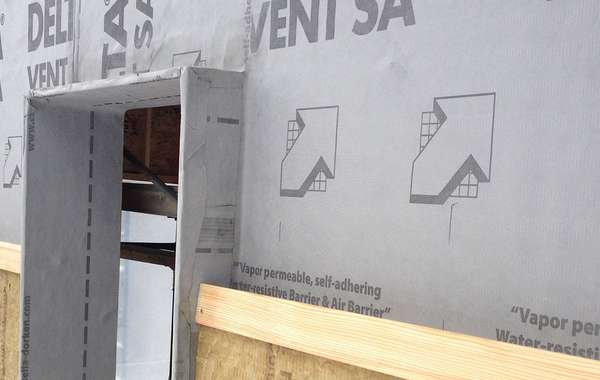
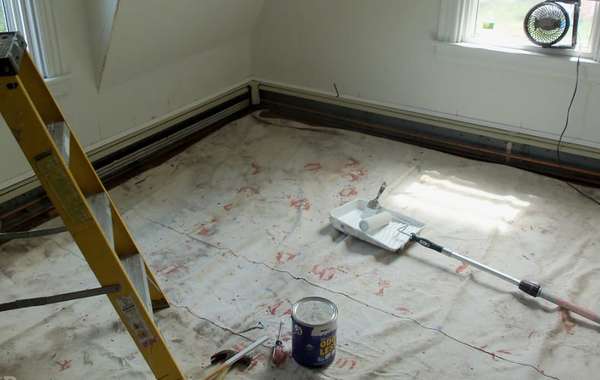
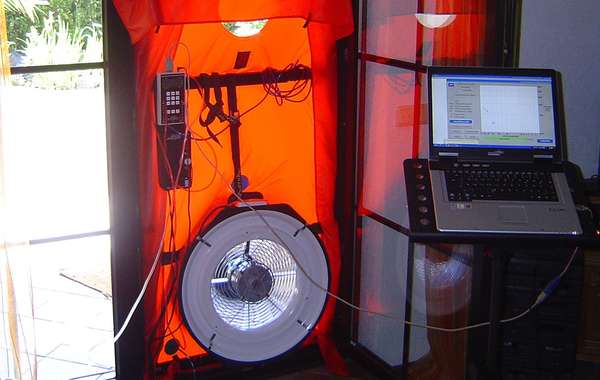
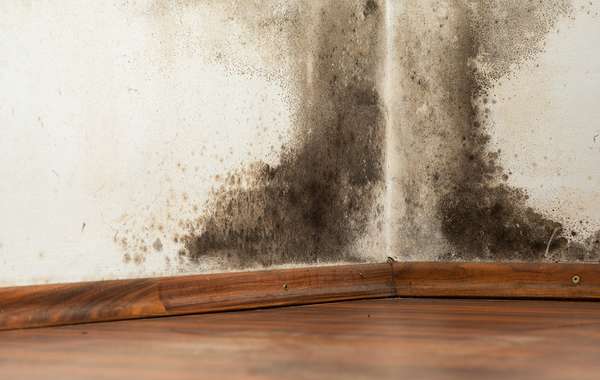
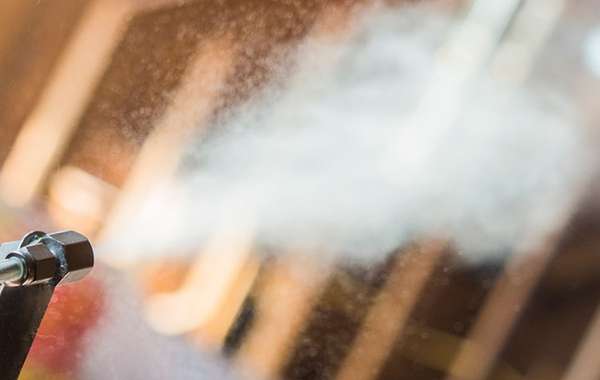
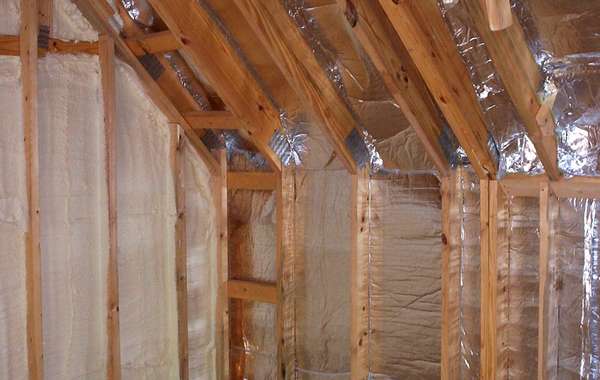
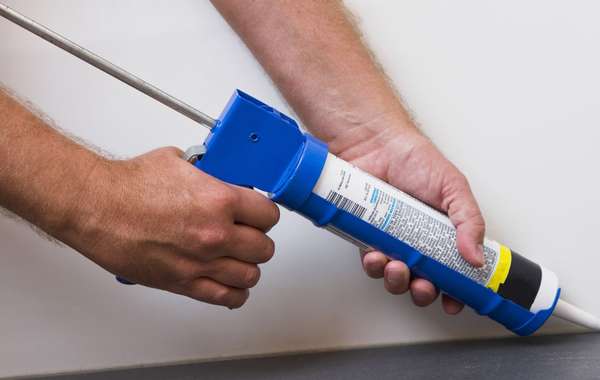
usage of 1/2" plywood for exterior sheating tape and wrap with Deltat sa vent would this be one of best air berrier